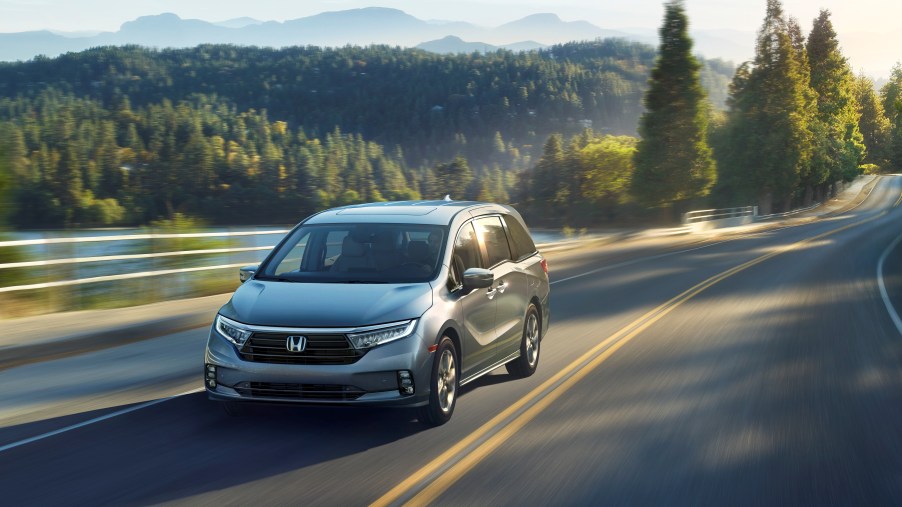
Do You Know the Four Different Car Seat Classifications?
As a parent, you are aware that children’s car seats are largely important. There are many rules for proper car seat installation. Reading the manual for your vehicle may give some insight when it comes to installing car seats for toting kids and babies around.
Although the basics of installation are similar for many child safety seats, each one has its own specific set of installation specifics as well. It’s also important to read the information provided with your child’s seat.
Did you know that there are four different classifications of child’s safety seat? This list shares each one, and a bit of information about their pros and cons.
Rear-facing or infant-only car seats
These car seats are designed for infants or children that are not yet ready –– as per weight and height –– to turn forward-facing. There is not necessarily an age for when a child is ready to turn around. Weight and height recommendations can usually be found in the car seat manual.
Rear-facing infant seats have some benefits. They have cool capabilities, such as the option to pick up out of the car with your baby still snuggled up in the safety of its straps. This can be convenient when an infant falls asleep during a car ride.
The downside to this type of child safety seat is in its lack of versatility when it comes to growing with your child. Once an infant outgrows this type of seat, it must be replaced with a better-fitting upgrade.
Convertible car seats
A convertible car seat is one that can go rear-facing or forward-facing. This is ideal for a baby to start in rear-facing and then switch to the forward-facing position once the weight and height limits are reached.
These are great because they, in theory, grow with your child. The combination child seat allows your child to remain in the same seat longer, preventing parents from having to fork over the cash for a new one.
Sometimes, however, children can take years to grow into the forward-facing position. Car seats actually have expiration dates. If your child doesn’t get to that point before the car seat expires, then the option to do forward-facing with that particular seat becomes irrelevant.
Combination car seats
Combination car seats are child safety seats that go between the realm of the five-point harness toddler seat and a big kid booster seat. The Harness can be removed as your child grows and the chair at that point becomes a high-backed booster for your growing child.
This is great because it again offers the opportunity for children to remain in the same seat for a longer stretch of time. When your child outgrows their harness, they can take the next step up to that booster concept.
If your child has a rapid enough growth spurt they might end up outgrowing the seat altogether. In which case you might just want to move the child up to a booster without a back, or even a regular seat belt if they are tall enough.
Booster seats.
Booster seats just give a child the extra height they need to fit correctly in a seat belt. This is a great option for an older child that is a little on the small side.
It’s also great for a larger child that is too big for a harness. It is a very basic concept, though and doesn’t offer much besides a bit of extra height.



